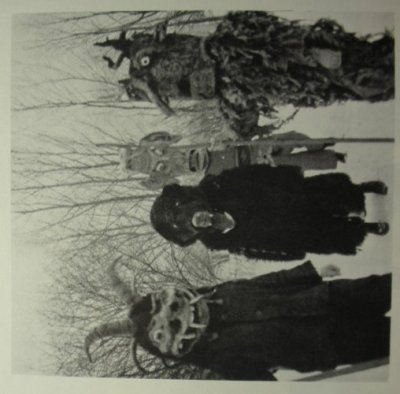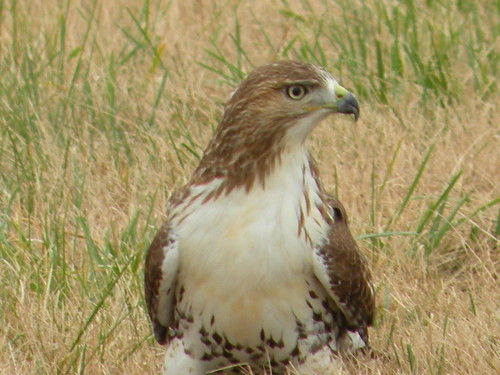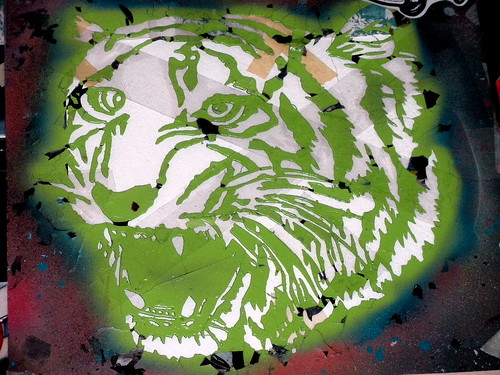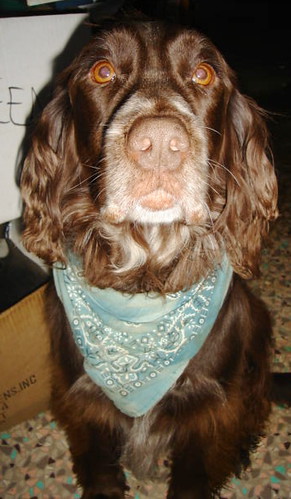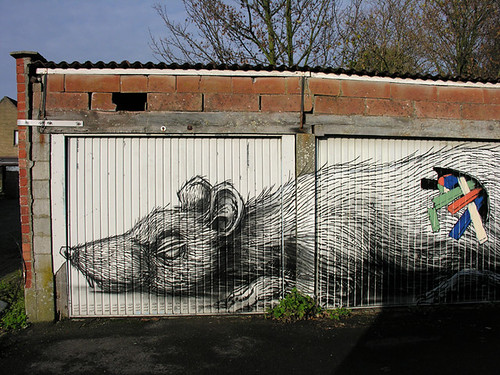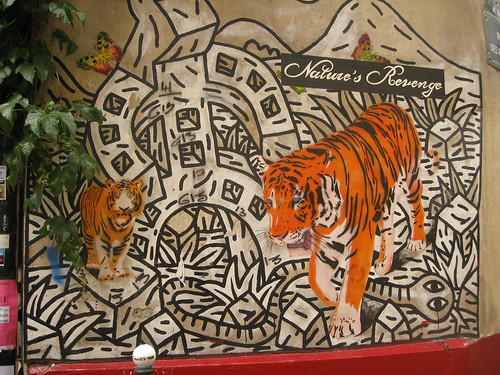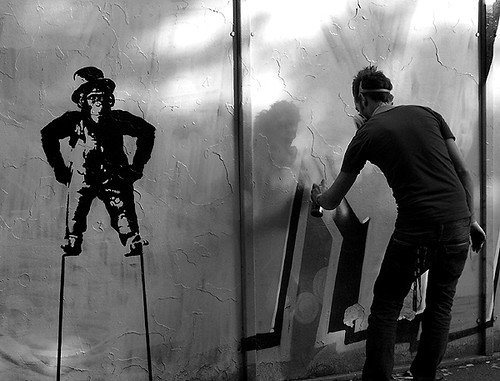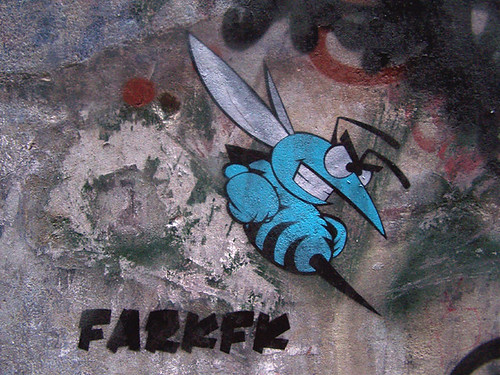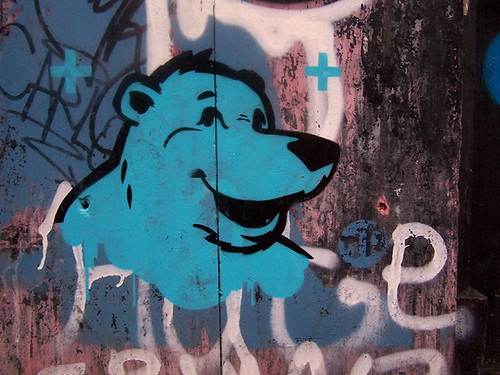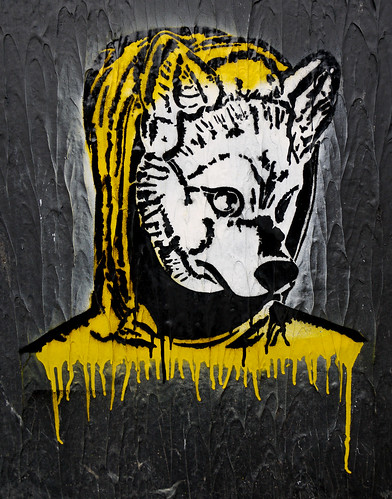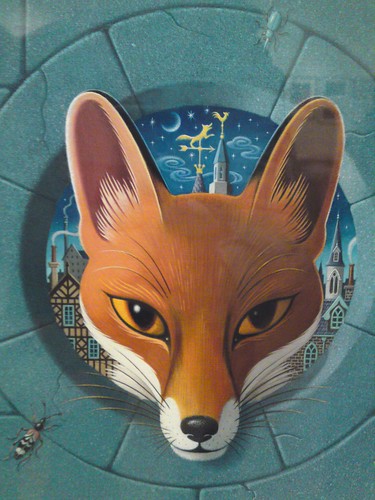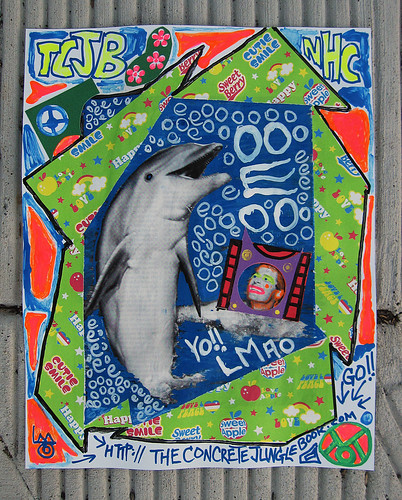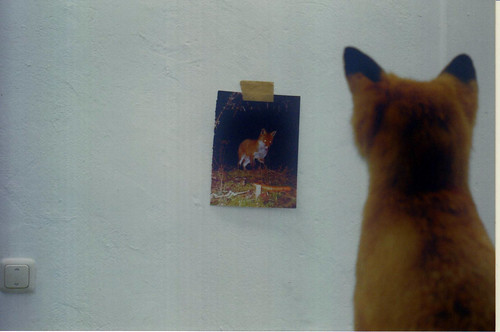By Jessica Pierce and Marc Bekoff
Animals are "in." This might well be called the decade of the animal. Research on animal behavior has never been more vibrant and more revealing of the amazing cognitive, emotional, and moral capacities of a broad range of animals. That is particularly true of research into social behavior—how groups of animals form, how and why individuals live harmoniously together, and the underlying emotional bases for social living. It's becoming clear that animals have both emotional and moral intelligences. Philosophical and scientific convention, of course, has pulled toward a more conservative account of morality: Morality is a capacity unique to human beings. But the more we study the behavior of animals, the more we find that different groups of animals have their own moral codes. That raises both scientific and philosophic questions.
Researchers like Frans de Waal (
The Age of Empathy: Nature's Lessons for a Kinder Society), Elliott Sober, David Sloan Wilson (
Unto Others: The Evolution and Psychology of Unselfish Behavior), and Kenneth M. Weiss and Anne V. Buchanan (
The Mermaid's Tale: Four Billion Years of Cooperation in the Making of Living Things) have demonstrated that animals have social lives rich beyond our imagining, and that cooperation and caring have shaped the course of evolution every bit as much as competition and ruthlessness have. Individuals form intricate networks and have a large repertoire of behavior patterns that help them get along with one another and maintain close and generally peaceful relationships. Indeed, Robert W. Sussman, an anthropologist at Washington University in St. Louis, and his colleagues Paul A. Garber and Jim Cheverud reported in 2005 in
The American Journal of Physical Anthropology that for many nonhuman primates, more than 90 percent of their social interactions are affiliative rather than competitive or divisive. Moreover, social animals live in groups structured by rules of engagement—there are "right" and "wrong" ways of behaving, depending on the situation.
While we all recognize rules of right and wrong behavior in our own human societies, we are not accustomed to looking for them among animals. But they're there, as are the "good" prosocial behaviors and emotions that underlie and help maintain those rules. Such behaviors include fairness, empathy, forgiveness, trust, altruism, social tolerance, integrity, and reciprocity—and they are not merely byproducts of conflict but rather extremely important in their own right.
If we associate such behaviors with morality in human beings, why not in animals? Morality, as we define it in our recent book
Wild Justice: The Moral Lives of Animals, is a suite of interrelated, other-regarding behaviors that cultivate and regulate social interactions. Those patterns have evolved in many animals, perhaps even in birds.
One of the clearest places to see how specific social rules apply is in animal play. Play has been extensively studied in social canids (members of the dog family) like wolves, coyotes, and domestic dogs, so it is a good example to use to examine the mechanisms of fair play.
Although play is fun, it's also serious business. When animals play, they are constantly working to understand and follow the rules and to communicate their intentions to play fairly. They fine-tune their behavior on the run, carefully monitoring the behavior of their play partners and paying close attention to infractions of the agreed-upon rules. Four basic aspects of fair play in animals are: Ask first, be honest, follow the rules, and admit you're wrong. When the rules of play are violated, and when fairness breaks down, so does play.
Detailed research on social play in infant domestic dogs and their wild relatives, coyotes and gray wolves, shows how just how important the rules are. Pains taking analyses of videos of individuals at play by one of us, Marc, and his students reveal that these youngsters carefully negotiate social play and use specific signals and rules so that play doesn't escalate into fighting.
When dogs—and other animals—play, they use actions like biting, mounting, and body-slamming one another, which are also used in other contexts, like fighting or mating. Because those actions can be easily misinterpreted, it's important for animals to clearly state what they want and what they expect.
In canids an action called a "bow" is used to ask others to play. When performing a bow, an animal crouches on his or her forelimbs. He or she will sometimes bark, wag the tail wildly, and have an eager look. So that the invitation to play isn't confusing, bows are highly stereotyped and show little variation. Marc and his students' detailed study of the form and duration of hundreds of bows showed surprisingly little variability in form (how much an animal crouched scaled to body size) and almost no difference between bows used at the beginning of sequences and during bouts of play. Bows are also swift, lasting only about 0.3 seconds. Over all, a threatening action—bared teeth and growls—preceded by a bow resulted in submission or avoidance by another animal only 17 percent of the time. Young coyotes are more aggressive than young dogs or wolves, and they try even harder to keep play fair. Their bows are more stereotyped than those of their relatives.
Play bows are honest signals, a sign of trust. Research shows that animals who violate that trust are often ostracized, suggesting that violation of the rules of play is maladaptive and can disrupt the efficient functioning of the group. For example, among dogs, coyotes, and wolves, individuals who don't play fairly find that their invitations to play are ignored or that they're simply avoided by other group members. Marc's long-term field research on coyotes living in the Grand Teton National Park, near Jackson, Wyo., shows that coyotes who don't play fairly often leave their pack because they don't form strong social bonds. Such loners suffer higher mortality than those who remain with others.
Animals engage in two activities that help create an equal and fair playing field: self-handicapping and role-reversing. Self-handicapping (or "play inhibition") occurs when individuals perform behavior patterns that might compromise them outside of play. For example, coyotes will inhibit the intensity of their bites, thus abiding by the rules and helping to maintain the play mood. The fur of young coyotes is very thin, and intense bites are painful and cause high-pitched squeals. In adult wolves, a bite can generate as much as 1,500 pounds of pressure per square inch, so there's a good reason to inhibit its force. Role-reversing happens when a dominant animal performs an action during play that wouldn't normally occur during real aggression. For example, a dominant wolf wouldn't roll over on his back during fighting, making himself more vulnerable to attack, but would do so while playing.
Play can sometimes get out of hand for animals, just as it does for human beings. When play gets too rough, canids keep things under control by using bows to apologize. For example, a bow might communicate something like, "Sorry I bit you so hard—I didn't mean it, so let's continue playing." For play to continue, it's important for individuals to forgive the animal who violated the rules. Once again there are species differences among young canids. Highly aggressive young coyotes bow significantly more frequently than dogs or wolves before and after delivering bites that could be misinterpreted.
The social dynamics of play require that players agree to play and not to eat one another or fight or try to mate. When there's a violation of those expectations, others react to the lack of fairness. For example, young coyotes and wolves react negatively to unfair play by ending the encounter or avoiding those who ask them to play and then don't follow the rules. Cheaters have a harder time finding play partners.
It's just a step from play to morality. Researchers who study child's play, like Ernst Fehr, of the University of Zurich, and Anthony D. Pellegrini, of the University of Minnesota-Twin Cities, have discovered that basic rules of fairness guide play, and that egalitarian instincts emerge very early in childhood. Indeed, while playing, children learn, as do other young animals, that there are right and wrong ways to play, and that transgressions of fairness have social consequences, like being ostracized. The lessons children learn—particularly about fairness—are also the foundation of fairness among adults.
When children agree, often after considerable negotiation, on the rules of a game, they implicitly consent not to arbitrarily change the rules during the heat of the game. During play, children learn the give and take of successful reciprocal exchanges (you go first this time; I get to go first next time), the importance of verbal contracts (no one can cross the white line), and the social consequences of failing to play by the rules (you're a cheater). As adults we are also constantly negotiating with others about matters of give and take, we rely daily on verbal contracts with others, and most of us, most of the time, follow myriad socially constructed rules of fairness during our daily lives.
The parallels between human and animal play, and the shared capacity to understand and behave according to rules of right and wrong conduct, are striking. They lead us to believe that animals are morally intelligent. Morality has evolved in many species, and unique features of human morality, like the use of language to articulate and enforce social norms, are simply modifications of broadly evolved behavioral patterns specific to our species.
Philosophical and scientific tradition, however, holds that although prosocial behaviors in animals may reveal the evolutionary roots of human morality, animals themselves do not and cannot have morality, because they lack the capacities that are essential constituents of moral behavior—especially the capacity for critical self-reflection upon values. Human morality is distinguished from animal "morality" by the greater generality of human moral norms, and by the greater rational self-awareness and choice that it requires. Indeed, the human prefrontal cortex, the area of the brain responsible for judgment and rational thought, is larger and more highly developed in human beings than in other animals.
That traditional view of morality is beginning to show signs of wear and tear. The fact that human morality is different from animal morality—and perhaps more highly developed in some respects—simply does not support the broader claim that animals lack morality; it merely supports the rather banal claim that human beings are different from other animals. Even if there are bona fide differences between morality in human beings and morality in other animals, there are also significant areas of overlap. Unique human adaptations might be understood as the outer skins of an onion; the inner layers represent a much broader, deeper, and evolutionarily more ancient set of moral capacities shared by many social mammals, and perhaps by other animals and birds as well.
Furthermore, recent research in cognitive neuroscience and moral psychology suggests that human morality may be much more "animalistic" than Western philosophy has generally assumed. The work of Antonio R. Damasio (
Descartes' Error: Emotion, Reason, and the Human Brain), Michael S. Gazzaniga (
The Ethical Brain), and Daniel M. Wegner (
The Illusion of Conscious Will), among others, suggests that the vast majority of human moral behavior takes place "below the radar" of consciousness, and that rational judgment and self-reflection actually play very small roles in social interactions.
The study of animal play thus offers an invitation to move beyond philosophical and scientific dogma and to take seriously the possibility that morality exists in many animal societies. A broad and expanding study of animal morality will allow us to learn more about the social behaviors that make animal societies so successful and so fascinating, and it will also encourage us to re-examine assumptions about human moral behavior. That study is in its infancy, but we hope to see ethologists, neuroscientists, biologists, philosophers, and theologians work together to explore the implications of this new science. Already, research on animal morality is blossoming, and if we can break free of theoretical prejudice, we may come to better understand ourselves and the other animals with whom we share this planet.
Jessica Pierce is a bioethicist and writer, and Marc Bekoff is a professor emeritus of ecology and evolutionary biology at the University of Colorado at Boulder. They are authors of Wild Justice: The Moral Lives of Animals (University of Chicago Press, 2009).

